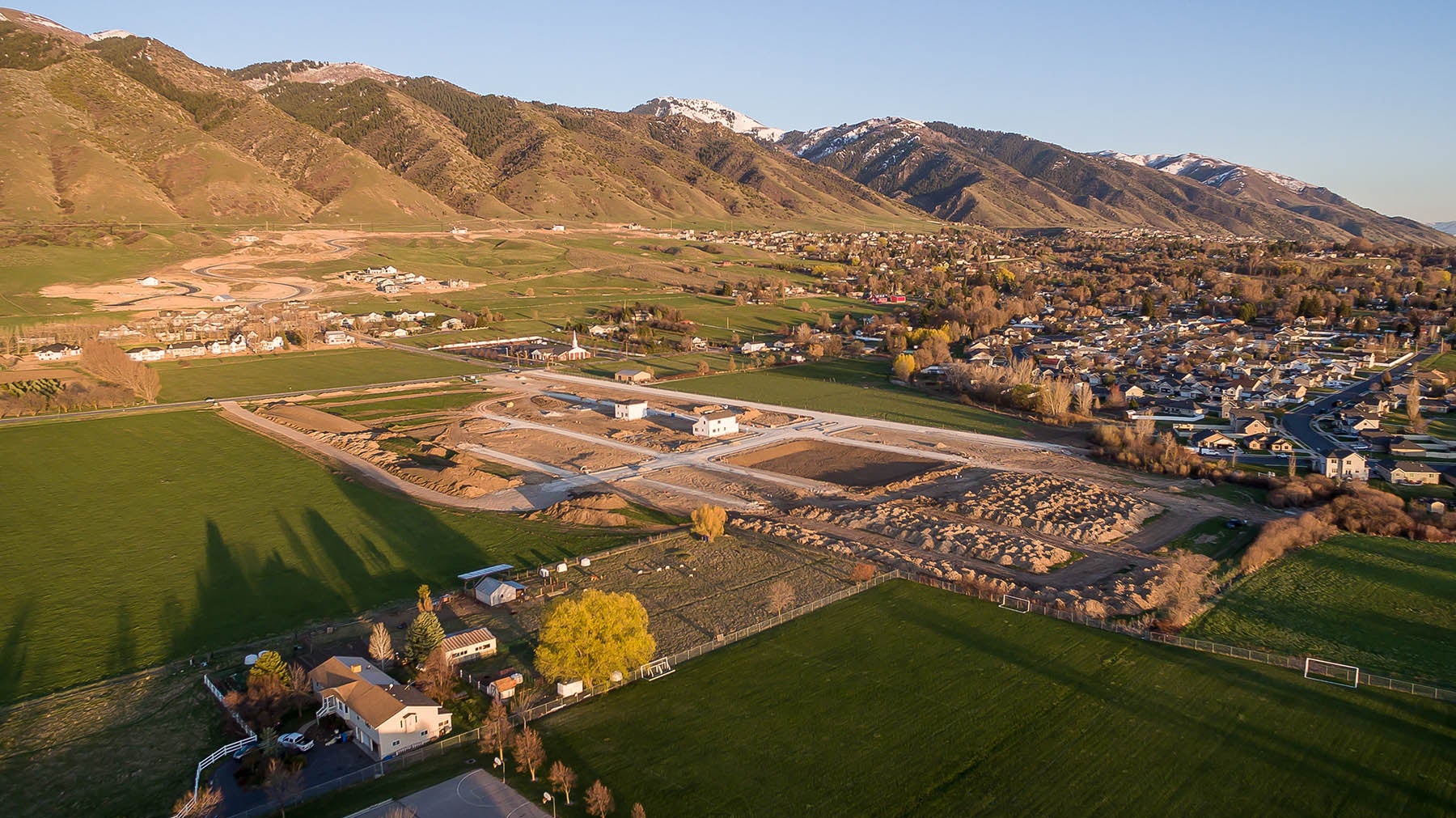

October 20, 2020
Location is crucial when it comes to choosing the perfect housing development for your dream home. Consider the accessibility, appearance, and amenities of a neighborhood as well as plans for development. While the appearance of a home is important, the location can affect your happiness, the future value of your property and ease of day to day life. "Location, location, location" is a common mantra in real estate. And it's good advice—except for one thing: Most people have no idea what it really means.
A good location can vary from person to person, but there are also objective factors that determine a home's value. Depending on your personal needs and preferences, you may not be able to buy a home with all of these factors. And that's OK! After all, a home is much more than just an investment. However, the next time you're shopping for a new property, keep the following factors in mind.
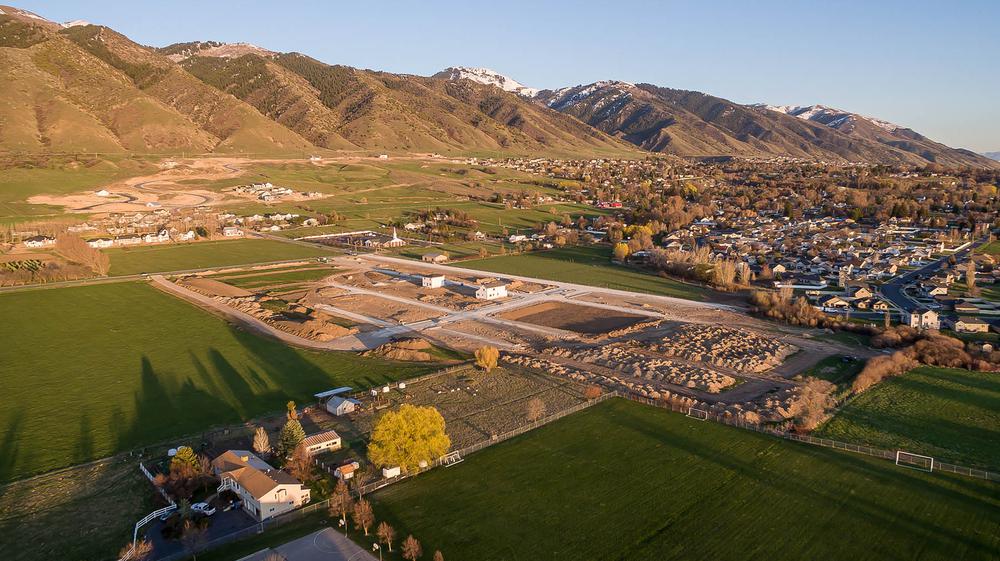
Whether you choose to live in a big city or in a small town, the location will play a role in how much you pay for your home. In highly developed cities where land is a limited commodity you can expect to see higher prices than those with room to grow and expand. Population growth can also have a large impact on sprawling cities. If you see a city has had a population exodus, be weary of the outlying areas. These areas have been shown to have the most severe declines in property value as a result of location being impacted by the fundamental economic tenet of supply and demand.
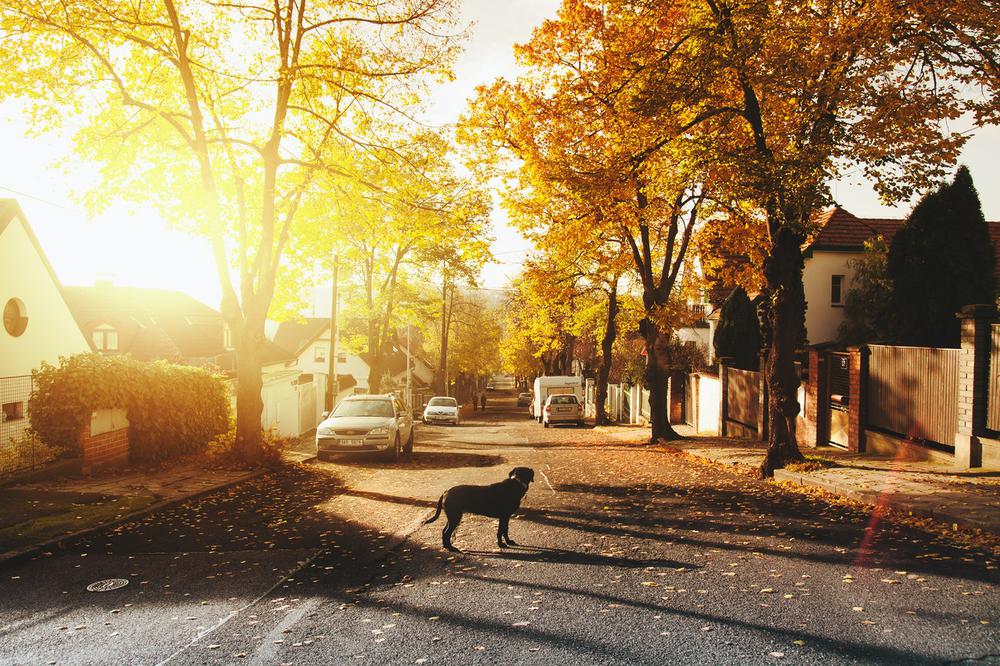
The appearance and desirability of a neighborhood ultimately comes down to personal choice, however there are commonalities in truly great neighborhoods. Keep an eye out for these key factors:
1. Accessibility
Commuting is a big part of many people’s day-to-day lives. A home with easy access to major transit routes and public transportation may be more desirable than one tucked away, only accessible by one route.
2. Appearance
The neighborhood's appearance or future-planned appearance is a key item to
consider. Large trees, quality landscaping, and nearby parks or community spaces tend to be desirable. A good way to judge the popularity of a neighborhood is by looking at how long the homes tend to stay on the market in it. If the turnover is quick, the neighborhood may be a desirable place to many.
3. Amenities
A great development should be in close proximity to amenities such as grocery stores, schools, shops and restaurants. Convenience not only makes your outings easier but it also increases the chances you will frequent local business. If you have to drive a long way to get to anything, it may make the neighborhood less desirable. Whether you currently have children in school or are planning for the future this is another important amenity. The quality of local schools, distance from the home, and potential bus pickup are important factors to consider. Even if you don’t have kids, many potential buyers will be on the lookout for good schools should you ever decide to sell your home.
4. Lot Size
The size of home lots can vary widely between developments. If you are purchasing a home that has not been built yet consider the different sizes of the lots with your dream homes design to make sure your dream can become a reality. You want to have plenty of space to build and design the home and yard that you are imagining.
5. Safety
Finally, don't forget about the safety of a neighborhood. Do your research on crime rates and drive around the neighborhood both during the day and at dark. Does the area feel inviting? Does it appear to be a safe place to spend time outdoors? Are the neighbors friendly and the type to keep an eye on your home while you are out of town?
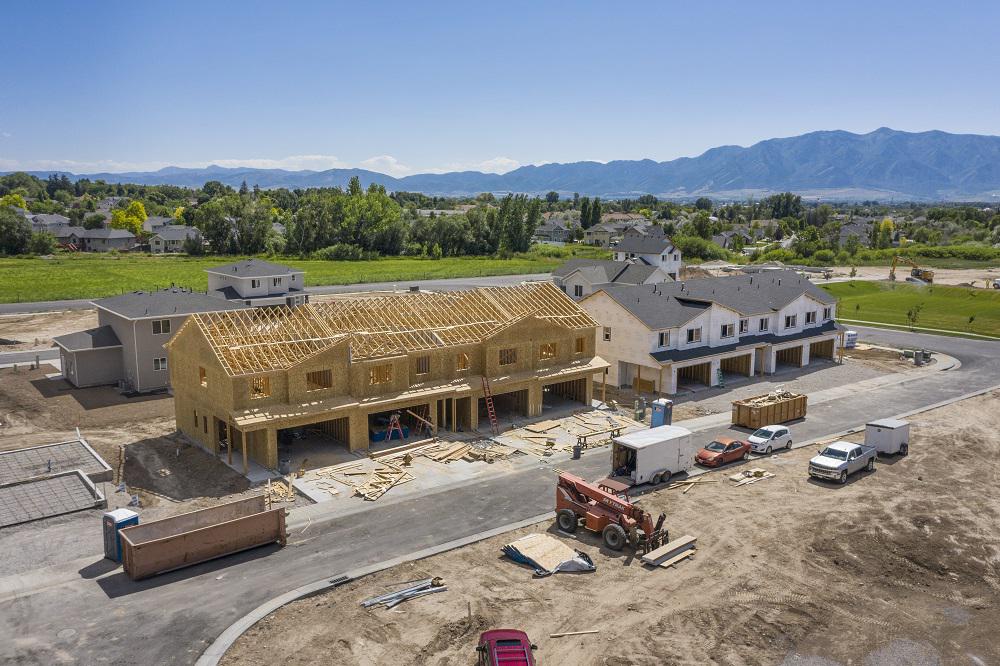
Consider the future amenities that are planned for an area along with the current ones. Plans for new schools, hospitals, public transportation, and other civic infrastructure can dramatically improve property values in the area. New construction can also result in increased dust/debris, traffic build up, and loud noises if close enough to the construction site. Commercial development can also improve property values. When you're shopping for a home, try to find out whether any new public, commercial, or residential developments are planned and consider how these additions might affect the desirability of the surrounding areas.
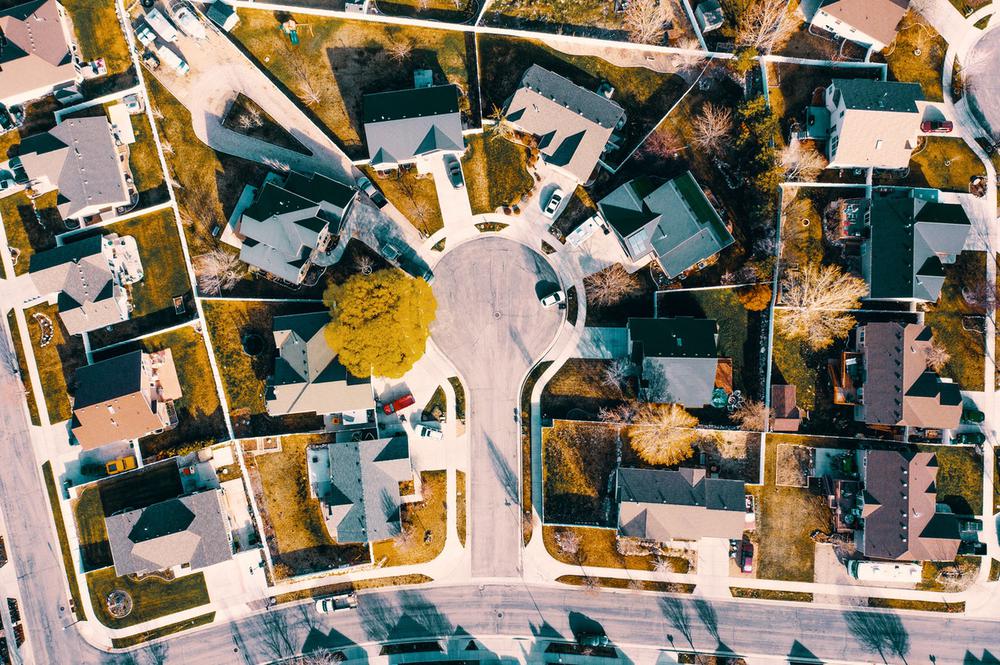
You also need to take into consideration where the home is actually located whether in a development or not. Here are a few things to take a critical eye to during your search. Homes on a busy road or very close to a highway may be available for a lower price but it will be more difficult to sell in the future. The same may hold to for homes that are next to or back up to commercial property like gas stations or grocery stores. Streets with unusual amounts of traffic or parked cars, perhaps near dining, community centers or a church may also be a contender for lower costs.
If you are searching for a lot within a development consider the location as well. Would you like to be closer to the clubhouse or further? Are you located right off the main entrance road or would you prefer to be tucked away a couple of streets. Lastly consider the view! A home with a wonderful view of the mountains or near a body of water is likely to be more valuable now and when it comes time to sell.

Now that you have settled on a location or development comes the next most important part, home selection. There is one aspect to house hunting that tends to surprise most people, fixer upper versus tip-top shape. If you are deciding between two homes in the same neighborhood, one needs repairs but is on a large lot or the other in perfect shape on a lot half the size. The price on each home is similar, which do you choose? In most cases, not all, the fixer upper is the better investment.
A home is a depreciating asset but the land tends to maintain its value over time. If you were to remove both homes, the larger lot would sell for more. If you are open to the thought of doing renovations, choose a bigger, better-shaped or better-situated lot over a nicer house. A less desirable home can be updated, added on to, or rebuilt but the lot cannot be changed.

Location isn't entirely subjective—in fact, it's based on a fairly static set of criteria. When you set out to shop for a new home, make sure the neighborhood isn't just desirable to you but has objective qualities, such as attractive amenities, safe streets, and good schools, that will help ensure your investment appreciates in value over time. If you are in further need of assistance, have more questions, or are ready to tour the beautiful Visionary Homes developments we are ready to help. Please call (435) 228-4702 or fill out the form below to schedule a tour.
The post What to Look for in a Housing Development appeared first on Visionary Homes.